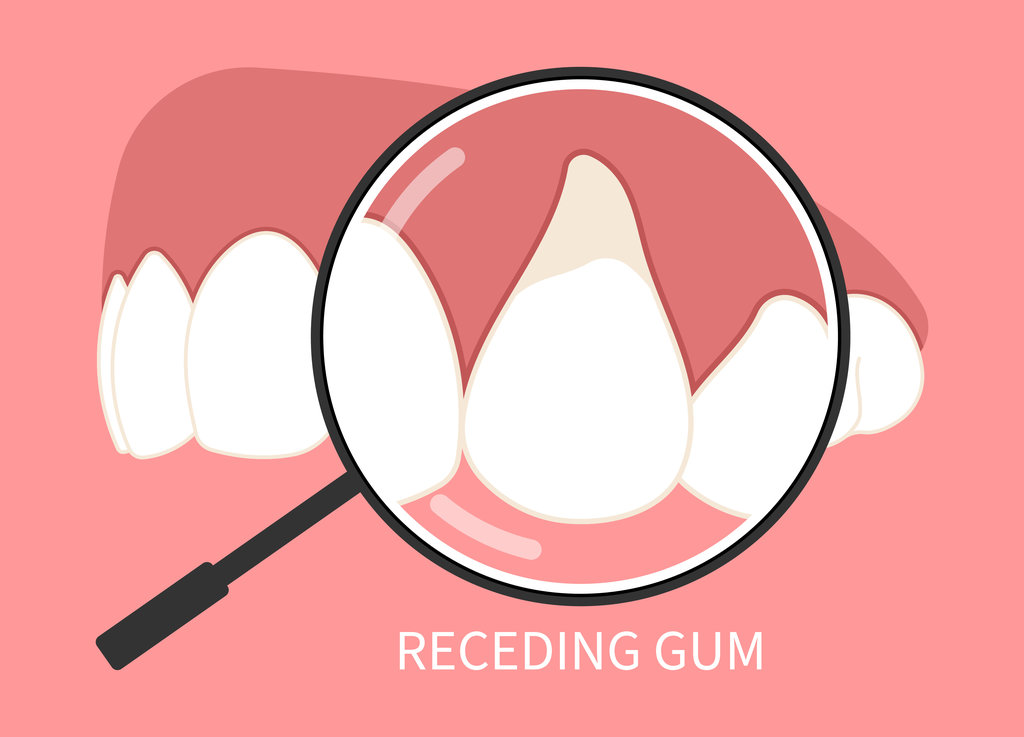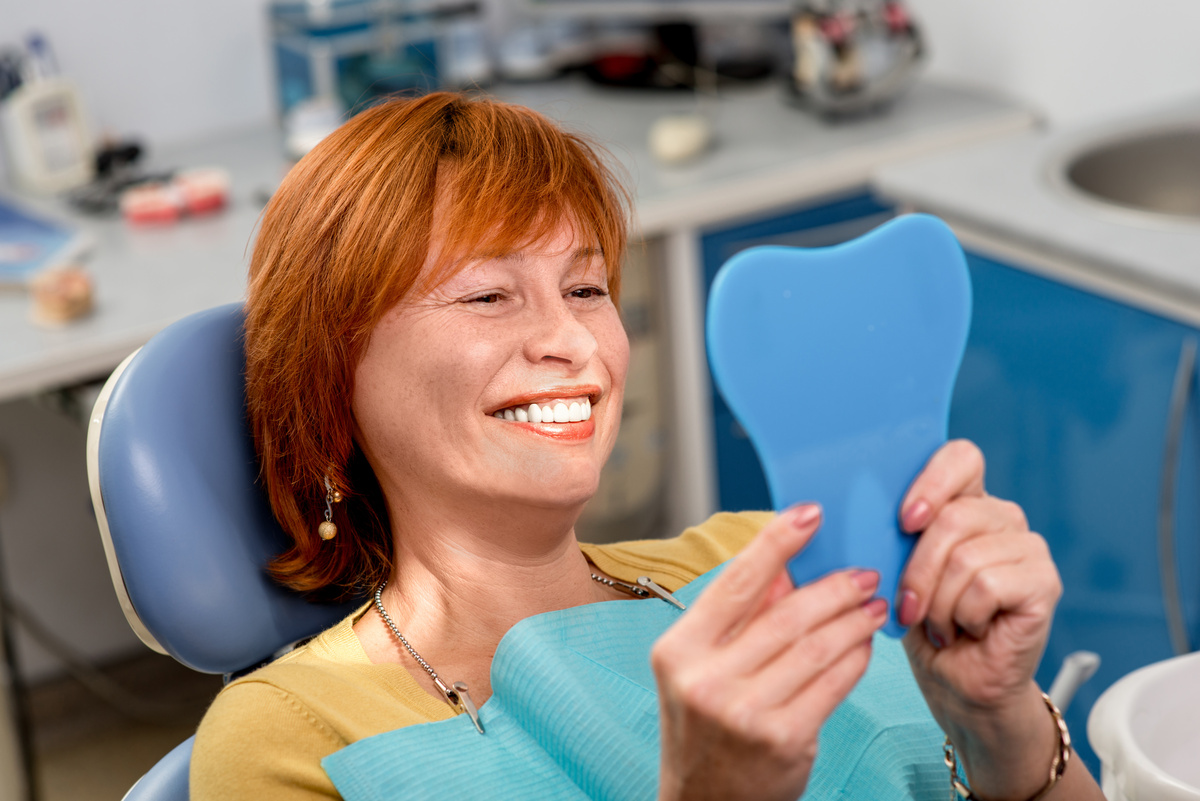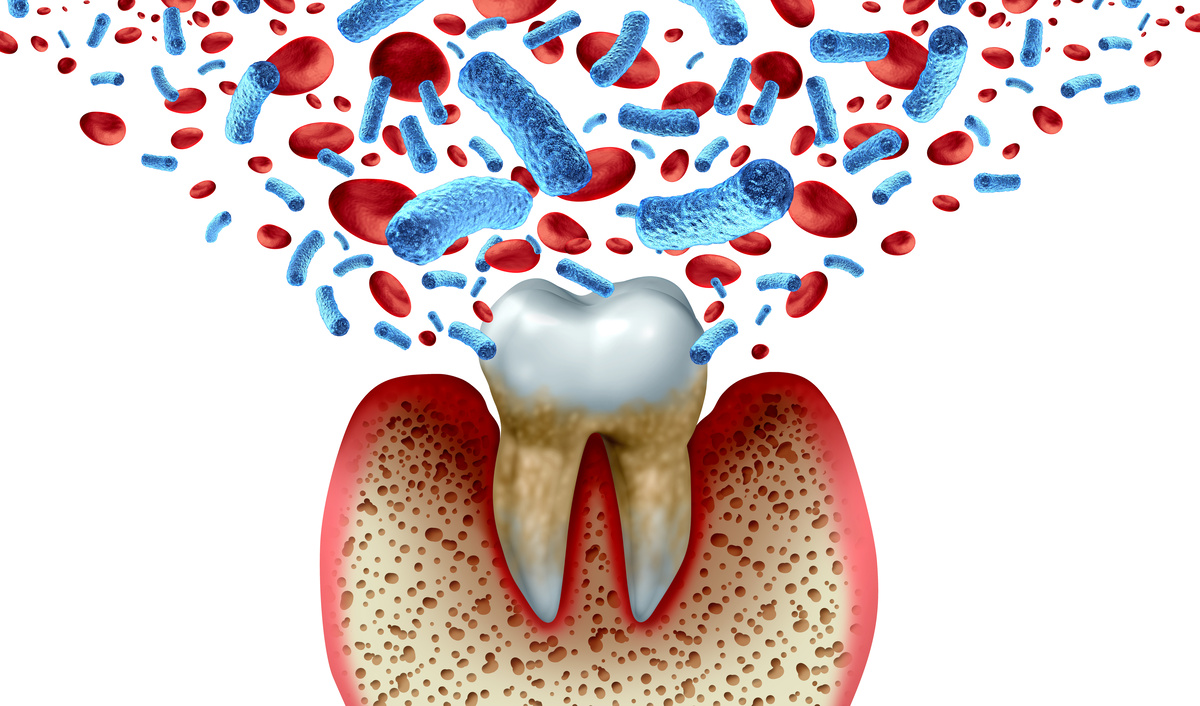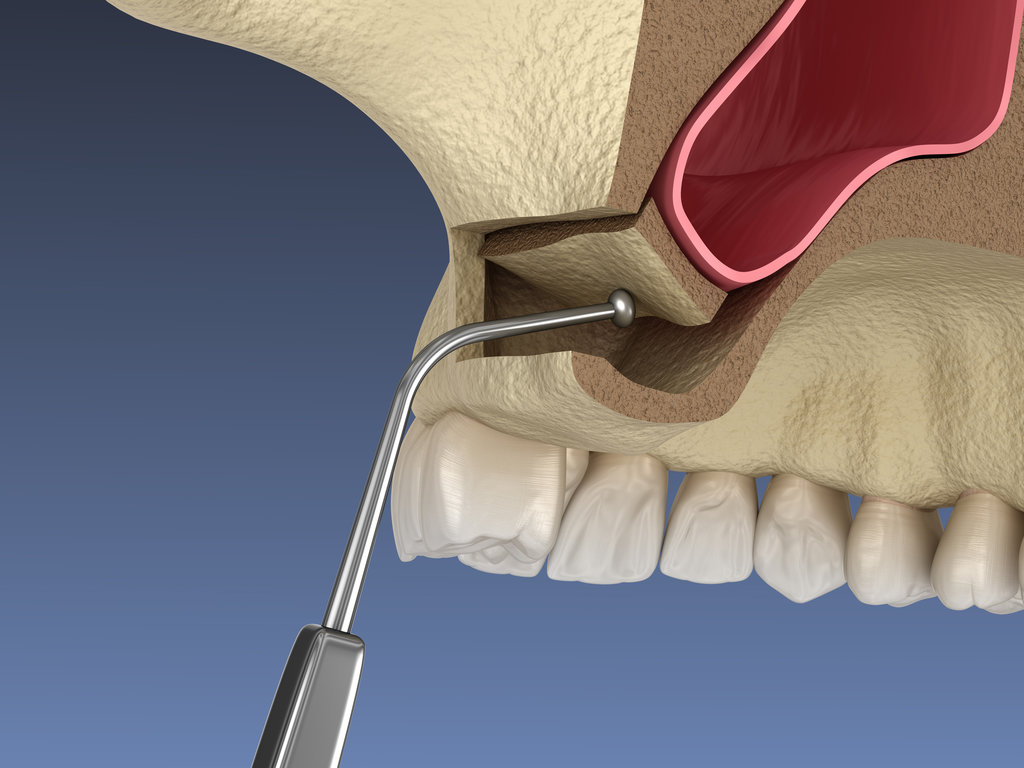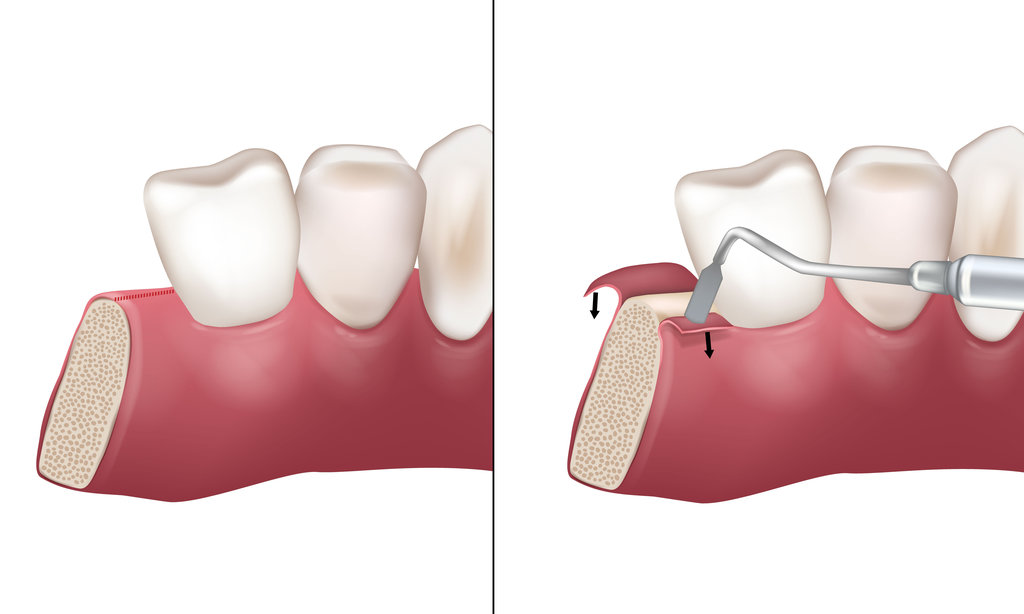 Imagine watching your gumline slowly recede as gum disease silently erodes the foundation supporting your teeth. With each dental visit, the measurements grow worse—3mm, 5mm, 7mm pockets—until your dentist delivers the news that your significant bone loss is threatening the survival of your teeth. Before panicking or resigning yourself to extensive tooth loss, there’s a remarkable procedure revolutionizing periodontal treatment. Guided tissue regeneration doesn’t just halt the destruction of your gums and bone tissue; it actually helps your body rebuild what was lost, potentially saving teeth that would have been extracted.
Imagine watching your gumline slowly recede as gum disease silently erodes the foundation supporting your teeth. With each dental visit, the measurements grow worse—3mm, 5mm, 7mm pockets—until your dentist delivers the news that your significant bone loss is threatening the survival of your teeth. Before panicking or resigning yourself to extensive tooth loss, there’s a remarkable procedure revolutionizing periodontal treatment. Guided tissue regeneration doesn’t just halt the destruction of your gums and bone tissue; it actually helps your body rebuild what was lost, potentially saving teeth that would have been extracted.
At Advanced Periodontics of N.J., our team specializes in advanced periodontal treatments that help restore oral health and function. We understand how concerning bone loss can be, which is why we offer cutting-edge procedures like guided tissue regeneration to help you maintain your natural smile and prevent tooth loss.
What Is Guided Tissue Regeneration?
Guided tissue regeneration (GTR) is a surgical procedure designed to stimulate your body’s natural healing abilities to regenerate lost bone and gum tissues around teeth affected by periodontitis. According to the American Dental Association, roughly 42% of adults over 30 have some form of periodontitis, making guided tissue regeneration a vital part of periodontal care. Unlike traditional periodontal treatments that focus primarily on removing infection, GTR actively encourages the regrowth of healthy supporting structures.
The primary goal of guided tissue regeneration is to restore the bone lost due to periodontal disease. When periodontitis advances, it destroys the alveolar bone or the ridge of bone that contains the tooth sockets. This bone loss weakens the foundation of your teeth, creating a domino effect of oral health issues. GTR targets this specific problem by creating an environment where new jawbone material can form.
How the GTR Procedure Works
The guided tissue regeneration procedure involves several carefully executed steps, including the following:
- Your periodontist thoroughly cleans the affected area, removing all bacteria and infected tissue from the root surfaces and surrounding region.
- A special membrane (barrier) is placed between your gum tissue and the damaged root surface.
- Bone graft material may be placed in the space where bone was lost to provide a scaffold for new bone growth.
- Your gum tissue is carefully repositioned over the area and sutured into place.
This membrane serves as a protective shield, allowing bone-forming cells to grow in the protected space and generate new bone tissue without interference from faster-growing gum tissue cells. Think of it as creating a protected construction zone where bone builders can work without interruption.
Benefits of Guided Tissue Regeneration
Choosing guided tissue regeneration offers numerous advantages beyond simply treating the symptoms of periodontal disease. This procedure provides a comprehensive solution to bone loss issues. The regeneration of bone tissues offers better support for teeth affected by bone deterioration, significantly improving your long-term success. This means you can keep your natural teeth rather than requiring extractions and replacements.
The procedure also helps reduce pocket depths between teeth and gums. These pockets are breeding grounds for bacteria, so reducing them helps prevent future infections and disease progression. By regenerating lost bone, GTR also improves the aesthetics of your smile by preventing the sunken appearance that can occur with bone loss.
Ideal Candidates for GTR
You may be an ideal candidate for guided tissue regeneration if you exhibit the following qualities:
- You have moderate to severe periodontitis with measurable bone loss
- Your overall health is good enough to support proper healing
- You’re committed to excellent oral hygiene after the procedure
- You don’t smoke or are willing to quit during the healing process
- You have specific teeth that are worth saving, but need additional support
During your consultation, we’ll evaluate your condition, including the extent of bone loss, your overall oral health, and other factors that might influence the success of the procedure.
Recovery and Long-Term Success
Recovery from guided tissue regeneration typically takes several weeks as your body works to regenerate the lost tissue. During this time, you’ll need to follow specific aftercare instructions to ensure optimal healing and results.
Immediate Aftermath
Following your GTR procedure, you’ll need to be gentle with the surgical area. You may be prescribed antibiotics to prevent infection and likely need to use a special antimicrobial mouth rinse. Soft foods are recommended for the first few days, and you should avoid chewing on the side of your mouth where surgery was performed.
The membrane used in GTR may be either resorbable (dissolving naturally over time) or non-resorbable (requiring removal in a follow-up procedure). Your periodontist will explain which type will be used in your case and what to expect during recovery.
Long-Term Recovery
The long-term success of GTR requires diligent oral hygiene and regular professional cleanings. Most patients see significant improvements in bone levels and tooth stability within 6-9 months after the procedure, though complete healing and regeneration may take up to a year.
Restore Your Smile with Advanced Periodontics of N.J.
Guided tissue regeneration represents a significant advancement in treating periodontal disease and its destructive effects. By creating an environment where your body can rebuild lost bone and connective tissue, GTR offers hope for saving teeth that might otherwise be lost to advanced periodontitis.
At Advanced Periodontics of N.J., our experienced team provides comprehensive periodontal care using the latest techniques and technologies. We’ve helped countless patients throughout River Edge and surrounding New Jersey communities save their teeth and restore their oral health through guided tissue regeneration and other advanced procedures. If you’re concerned about bone loss around your teeth, contact us at (201) 940-7002 or through our contact form to schedule a consultation.
